In the past 90 days, 1,500 people have moved into Rhodes Central’s newest residential towers and this week the shops, cafés and restaurants in the first stage of a new $2.5 billion Town Centre at Rhodes Central opened their doors – bringing to life an urban renewal project that has taken two decades to come to fruition.
The new residents and others in the precinct made the most of the supermarket, boutique stores, specialty food stores and new dining precinct.
The retail strategy was developed and executed by Rook Partners: “This new shopping hub provides the Rhodes community with much-needed authentic hospitality options, and reflects the diverse background of the community it serves,” said Adam Sheumack from Rook Partners, who has been working with the developer, Billbergia, on this project since 2018.
“Rhodes Central is the grandest of urban renewal visions. It has been transformed from its contaminated industrial past into a vibrant, contemporary residential community,” says Rick Graf, Development Director at Billbergia.
“It has taken a great deal of planning, foresight and patient capital to consolidate enough land to develop a whole community rather than building piecemeal. Billbergia’s business is about creating communities, not building buildings, and that philosophy is at the heart of Rhodes Central.”
Billbergia has master-planned and created Rhodes Central, building on the company’s experience of developing a similar thriving community at nearby Wentworth Point. But Rhodes Central’s evolution is perhaps most striking because of where it began.

During the 1900s, the Rhodes peninsula became an industrial hub and over the next century it became home to ironworks, flour mill, sawmill, timber merchants, pipeworks and chemical works. In 1957, Union Carbide Australia Limited set up operations in Rhodes, becoming a major producer of pesticides and herbicides. Lewis Berger & Sons began producing linseed oil and paints in the area – the company supplied the 272,762 litres of paint for the Sydney Harbour Bridge in 1932. But in the 1980s, industry moved away, paving the way for the area’s evolution.Billbergia founder John Kinsella AM recognised the potential of Rhodes Central. He saw beyond the contaminated land, envisioning a modern residential community with waterfront views, open spaces and all the conveniences of sustainable metropolitan living only a short commute from Sydney CBD.
Billbergia began buying large parcels of land in Rhodes Central with a view to amalgamating the land and building the high-rise towers and public amenities now enjoyed by those who call the suburb home.
“Our vision was to build an entire master-planned precinct, and while we’ve already been involved in Rhodes for 20 years, we have also acquired enough land in Rhodes East to stay for another two decades. We are holistic developers of sustainable communities, rather than piecemeal hit-and-run merchants,” says Graf.
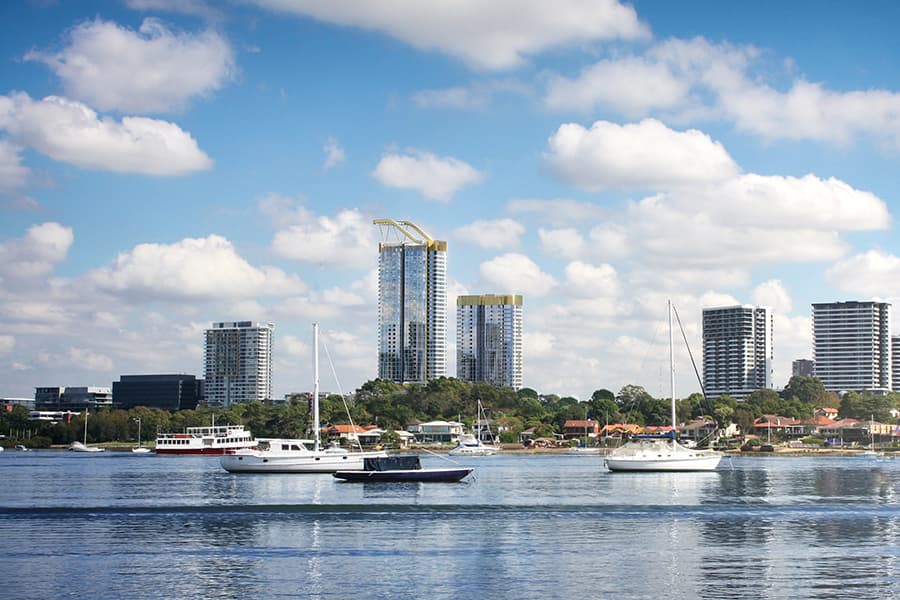
The vision for Rhodes Central was founded on sound reasoning. Kinsella knew people were drawn to water views, waterfront developments and key transport hubs. Rhodes Central station is on the T9 rail line and the peninsula position offers waterfront access on three sides.
The Rhodes Central heliostat is the large golden crown-like structure clearly visible on top of the building. Built to exacting standards, it uses high-quality structural steel that has been finished and wrapped in gold-coloured, solid aluminium panels. The tall, slender residential buildings developed by Billbergia have also created the necessary density of homes on a footprint that still leaves 40% of land to be transformed into parks and public open spaces.
“There are suburbs in Sydney where there have been urban renewal projects and planning controls have kept the height of buildings down. This inevitably means if you provide homes for 2,000 or 3,000 or 4,000 people, and if the buildings are low-rise, they take up the entire ground plane and leave virtually no space for public amenity and access.
If you build tall, slender towers, you can leave more open space and create quality parks and precincts,” says Graf.
Billbergia has worked closely with the local council and Department of Planning to roll out its masterplan. The current Rhodes Central site covers about 20,000m2 in addition to the 12 buildings on the Rhodes peninsula already developed by Billbergia, with four more to come.
Archive photographs show the journey of Rhodes Central from wasteland to a community with a diverse population. There was no high-rise living in the suburb of Rhodes in 2001. Now, more than 90% of the local population lives in the towers developed by Billbergia and other developers.
As the suburb continues to mature, the next stage of Rhodes Central comprises new homes for an additional 4,000 residents and a $70 million community recreation centre over two levels.
“There are already 12,000 people living within walking distance of the new Town Centre. They can walk to the dining and shopping amenities and to the railway station. They enjoy the convenience of being able to pop downstairs to a full-line supermarket at 10 o’clock at night,” says Graf.
“Rhodes Central brings together an extraordinary set of circumstances close to the geographic heart of metropolitan Sydney.”
Pre-2010, home buyers were often downsizers and investors. Now Billbergia’s buyers are more likely to be upsizers who’ve lived in Rhodes Central for some time and who want bigger apartments to accommodate a growing family.
“They’ve lived in Rhodes for a decade or more, they’ve had a family and have fallen in love with the amenities, waterfront and transport links. They like the convenience and don’t want to leave,” says Graf.
According to the 2016 Census data, Rhodes Central residents enjoy an average family income of $100k or more and they have the highest representation of post-graduate degrees in Sydney, ahead of upmarket Woollahra. The area is also attracting a significant number of buyers whose families have long ago moved from major Asian cities and, based on experience, prefer the convenience that comes with high-density, centralised living.
“As Rhodes Central shopping centre was finally able to open to residents, there was an enormous sense of pride that this community has been such a success. People have been able to head outside and enjoy the parks, waterfront and restaurants,” says Graf.
“The whole place is buzzing and that was the vision from the start – to create a place where people love to live and where they enjoy a lifestyle that is second to none.”
The Rhodes Central shopping centre is now home to more than 55 shops and services, including the area’s only Woolworths supermarket, health and wellness services, plus Bamboo Lane, a destination dining precinct inspired by the colourful hawker lanes that can be found from Shanghai to Singapore.





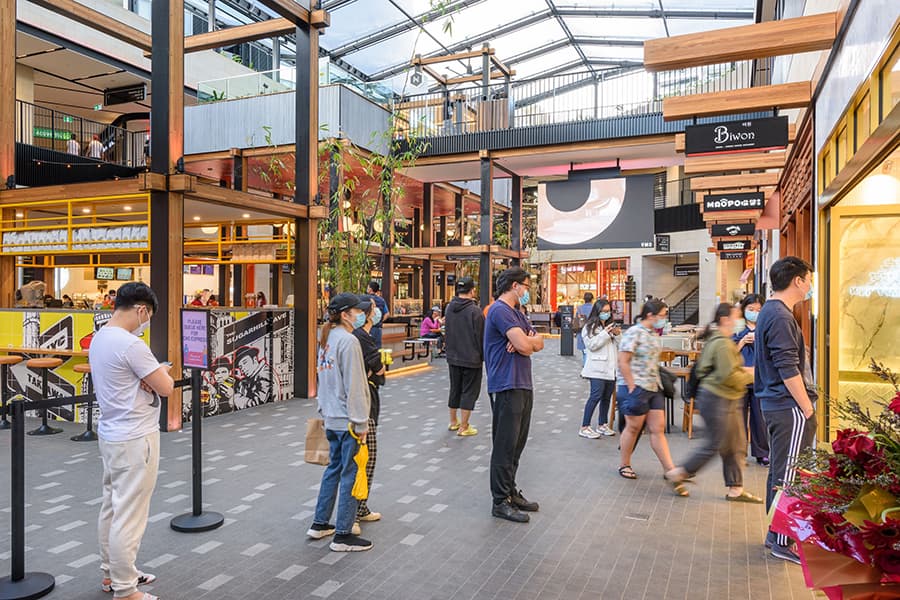






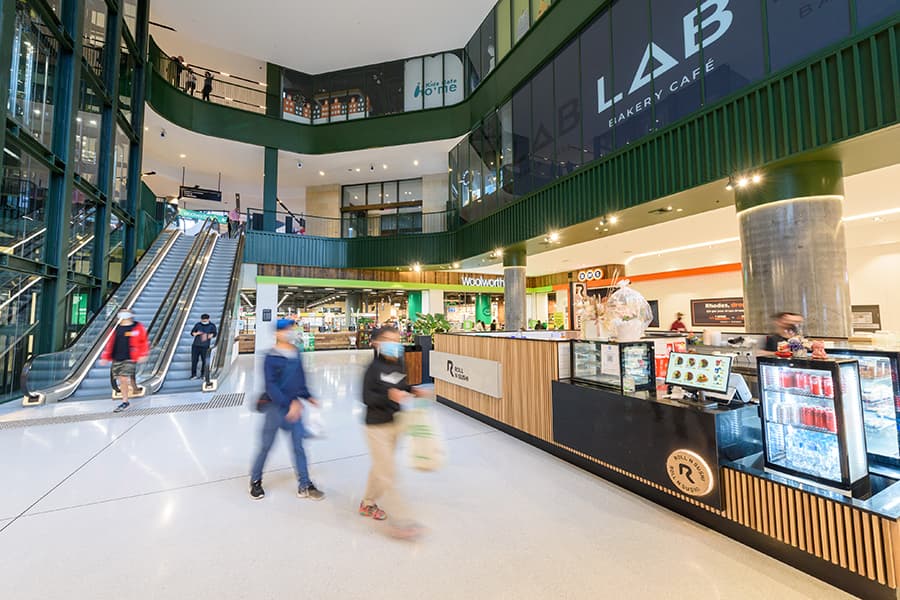
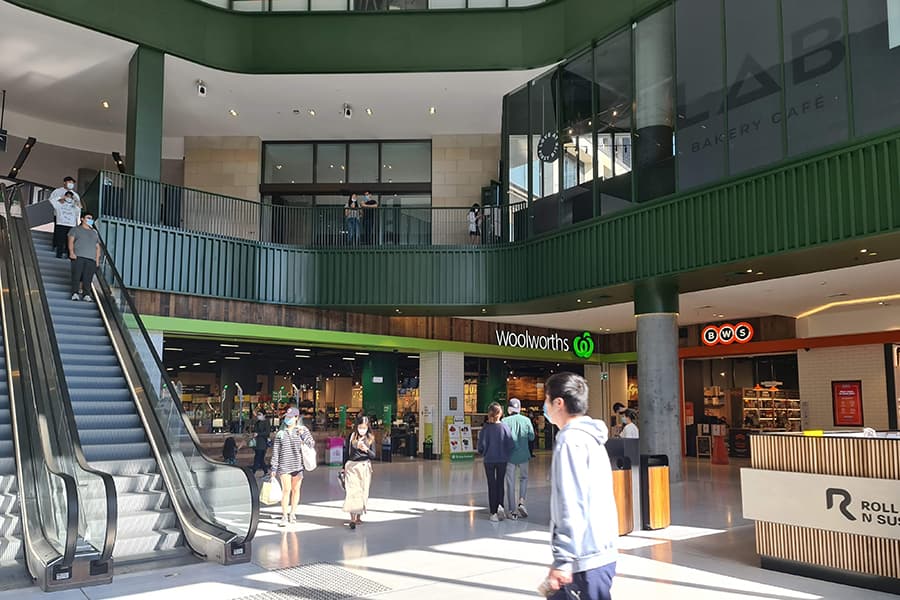











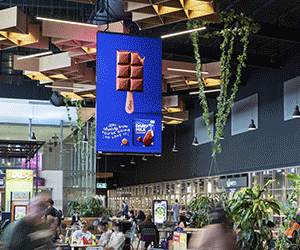


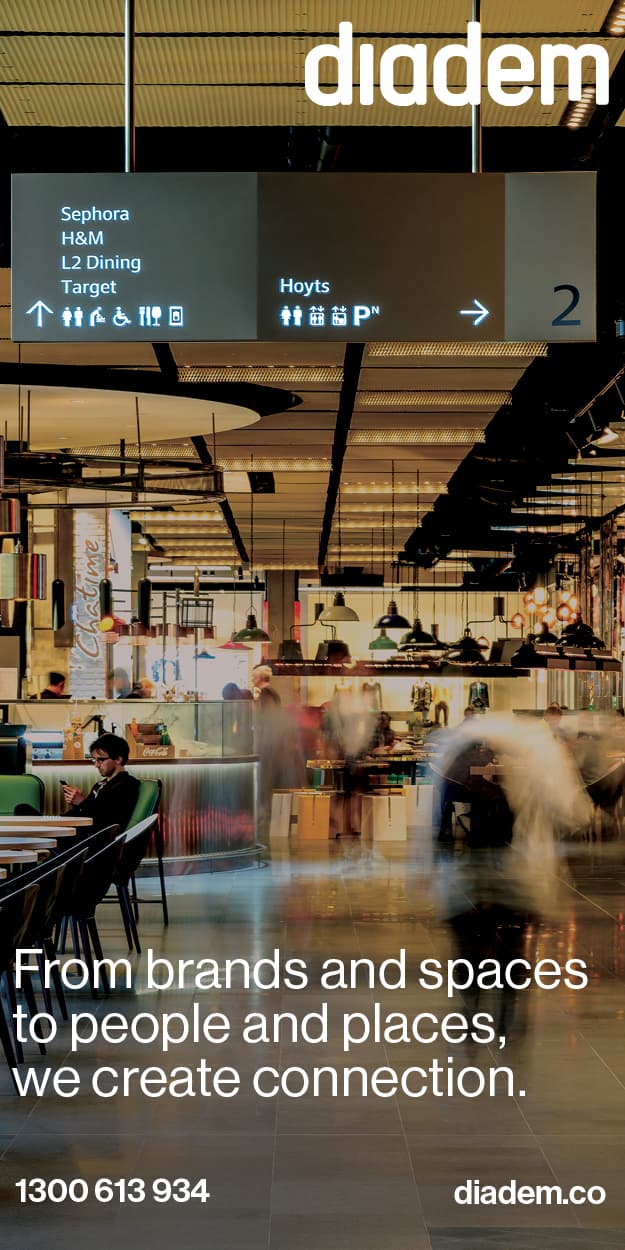


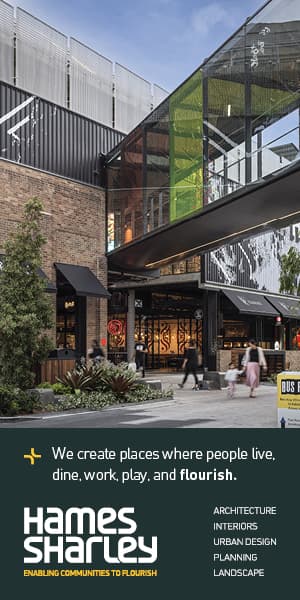

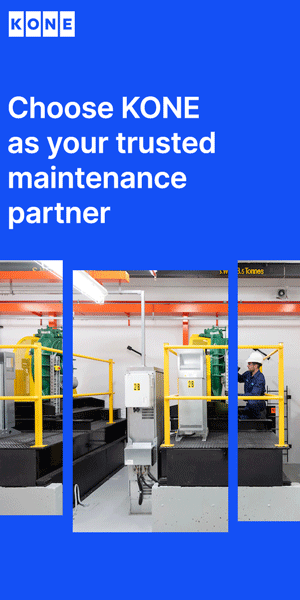
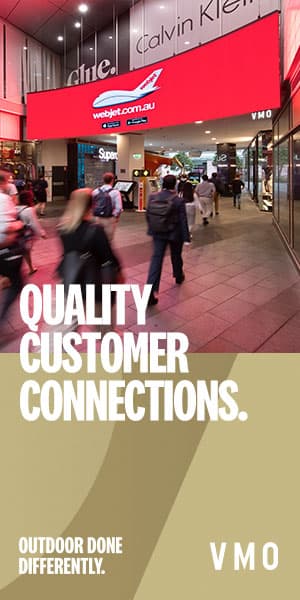
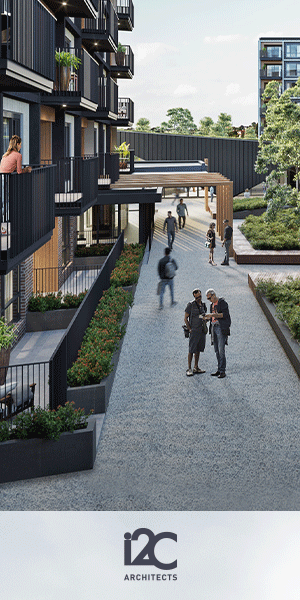
Add Comment